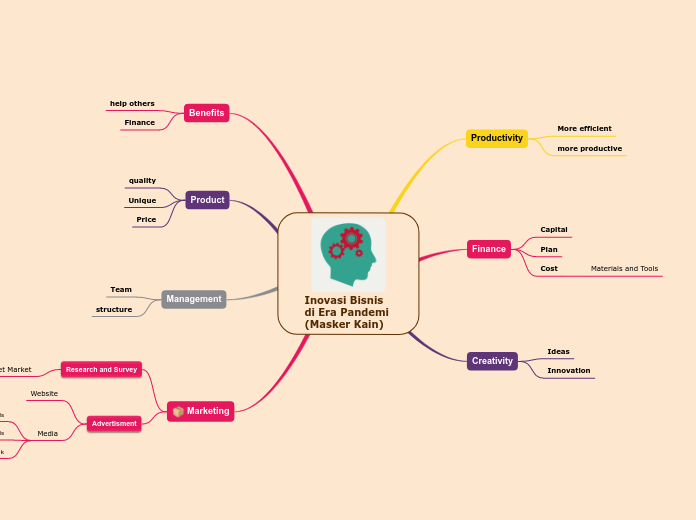por Thomas Smrt 12 anos atrás
180
Objectives 1a-1c Information
The kinetic theory explains that all matter consists of constantly moving atoms and particles, where heavier particles require more energy and force to move. Energy, particularly kinetic and potential, plays a crucial role in powering movements and reactions.









